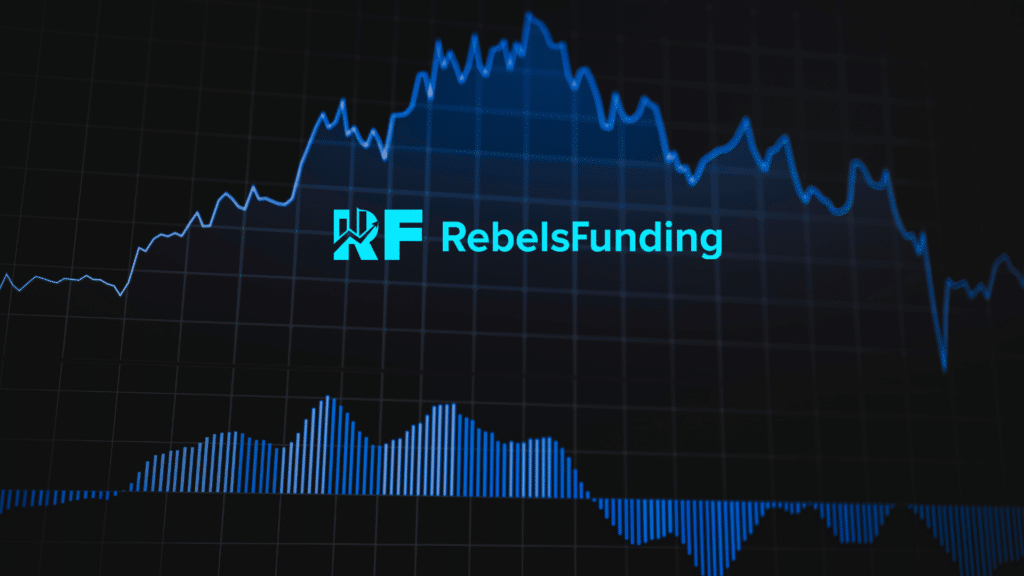4 Costly Mistakes to Avoid when Setting your Stop-Loss Orders

Stop-loss orders are an essential tool for forex prop traders to limit their potential losses. However, many prop traders make mistakes when setting it, and this can result in trading losses or missed opportunities.
In this blog post, we will discuss four common mistakes traders make when setting their stop-loss orders and how to avoid them:
1. Setting stop loss too close or too far from your entry price
Setting your stop loss too close or too far from your entry point can lead to it being triggered by market fluctuations.
It would be safer if you placed the stop loss at a distance that is appropriate for the market conditions. In volatile markets, the stop loss should be placed far from the current price (but not too far), while in less volatile markets, it can be placed close to the entry price, but not too close that it misses a potential reversal.
2. Not adjusting your stop-loss
Not adjusting the stop loss as the trade moves in your favor can result in the stop loss being triggered too quickly or missing the potential reversal altogether. It’s essential to adjust the stop-loss as the trade moves in your favor, tightening it as the trade becomes more profitable.
To avoid this mistake, regularly review your trades and adjust the stop-loss accordingly. This can be done by moving the stop-loss to break-even or to a level that reflects the current market conditions.
3. Placing your stops exactly on support or resistance levels
Using this method can result in your stop-loss being triggered too quickly or missing the potential reversal altogether. It limits flexibility.
Thus, it’s essential that you place the stop-loss at a distance that allows for some flexibility in the market rather than placing it exactly on a support or resistance level.
4. Setting your stop-loss at a fixed pip or dollar amount in all trades or markets
Here, the stop loss is set at a specific price level, regardless of the current market conditions. This can be a problem because market conditions can change rapidly, and a stop-loss that was appropriate for one market condition may not be appropriate for another.
So, always set your stop-loss based on the current market conditions.
But what’s one of the best ways to avoid all these mistakes if you’re a beginner short-term trader? What is the overall solution?
Answer: Trailing stop loss.
A trailing stop loss is a dynamic stop loss, a type of stop loss order that automatically moves as your trade profits. Using a trailing stop loss would help lock in your profits and minimize your losses. It also reduces your emotional bias. To use a trailing stop loss, simply specify a certain number of pips or percentage that you want your stop loss to trail behind the current market price.
However, this choice is up to you. Use it if it works well with your risk tolerance.
In summary, if you can avoid these common mistakes, you can definitely give yourself a significant edge in the market. And by using trailing stop-loss orders, you can maximize potential profits and minimize your losses.



